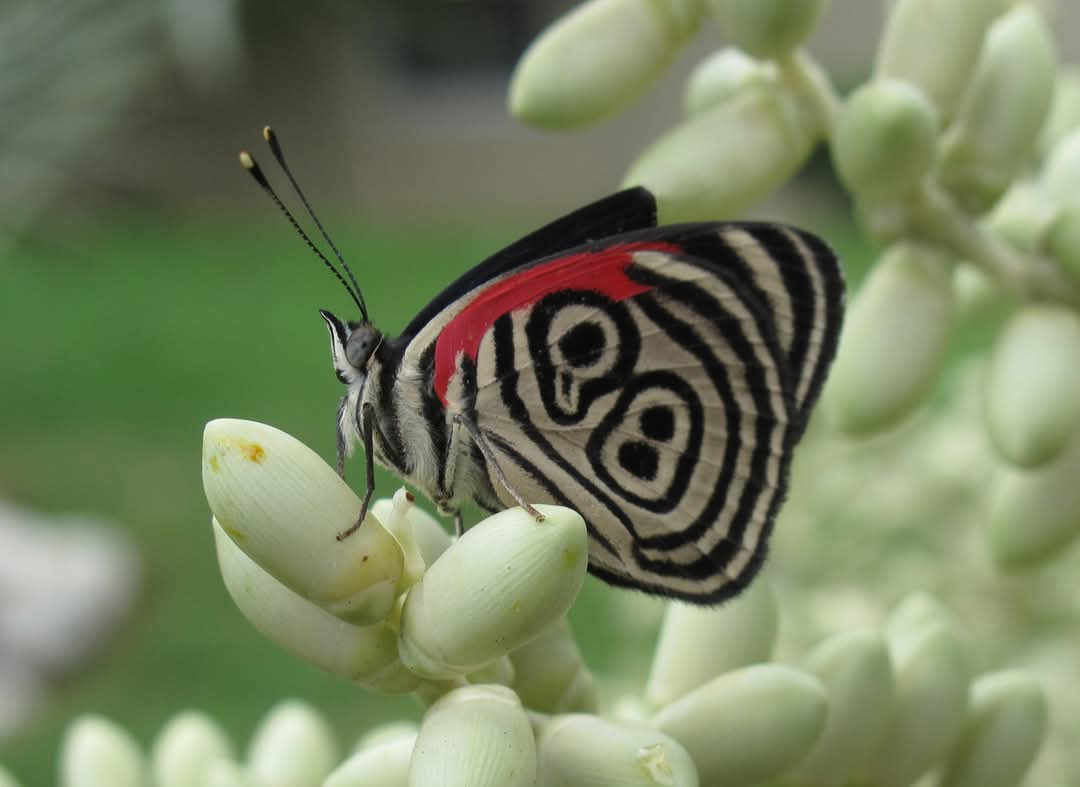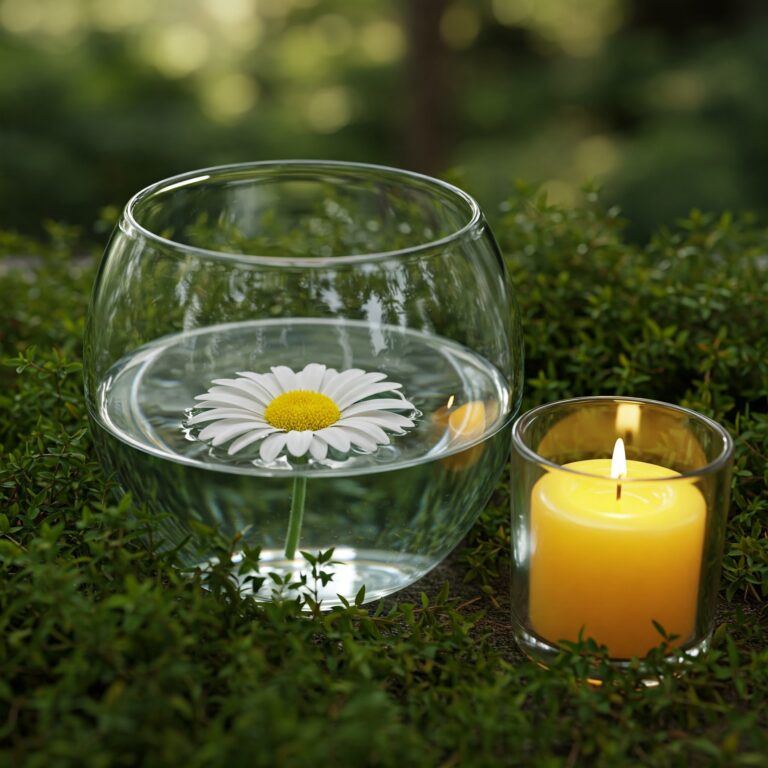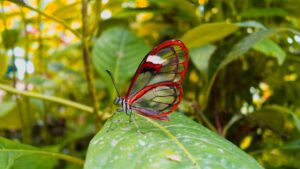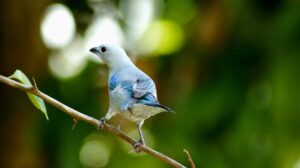Today, we want to talk about butterflies and moths – a topic that’s been a real eye-opener for the Awellness Whispers team! Even though they’re quite common, we’ve only recently discovered some of their amazing qualities, like their role as pollinators.
The first thing that surprised us was that these two insects are basically siblings. At first, it sounded strange, but then we thought about it: how many of us have siblings who seem like they came from a different family? Or maybe you’re the one who feels like the odd one out! Anyway 😆, both butterflies and moths belong to the order Lepidoptera, which is divided into two groups: butterflies (daytime flyers) and moths (nighttime flyers).
This explains why moths tend to have dull colors like brown, gray, or beige, which help them camouflage with tree bark, dry leaves, or the ground. On the other hand, butterflies have bright colors like red, blue, and yellow to attract mates and ward off predators.
And while we’re all familiar with their metamorphosis, which involves some pretty amazing physical changes, it makes even more sense now why they go through this process when we think about their role as pollinators. For example, the length of a certain butterfly’s tongue matches the shape and depth of the flowers it visits, allowing it to reach the nectar and transfer pollen from one flower to another at the same time. It’s a perfect example of co-evolution between these organisms to facilitate pollination. Isn’t that fascinating?
Just like you and your siblings might end up doing different things, moths specialize in pollinating pale or white flowers with strong scents that guide them in the dark, while daytime butterflies pollinate a wider variety of plants. These include bright, colorful flowers like orange, pink, purple, and blue, which attract them, or tubular flowers with spurs containing plenty of nectar, since they have a long proboscis (a kind of coiled tongue) to reach it.
We hope that you’ve learned something new about these beautiful insects, just like we did. And like them, we encourage you to be 100% yourself! Until next time!
References:
More, Marcela; Marini Filho, Onildo João; Amorim, Felipe W. (2022). Mariposas y polillas (Lepidoptera) y su rol como polinizadores; Cubo; 47-55






